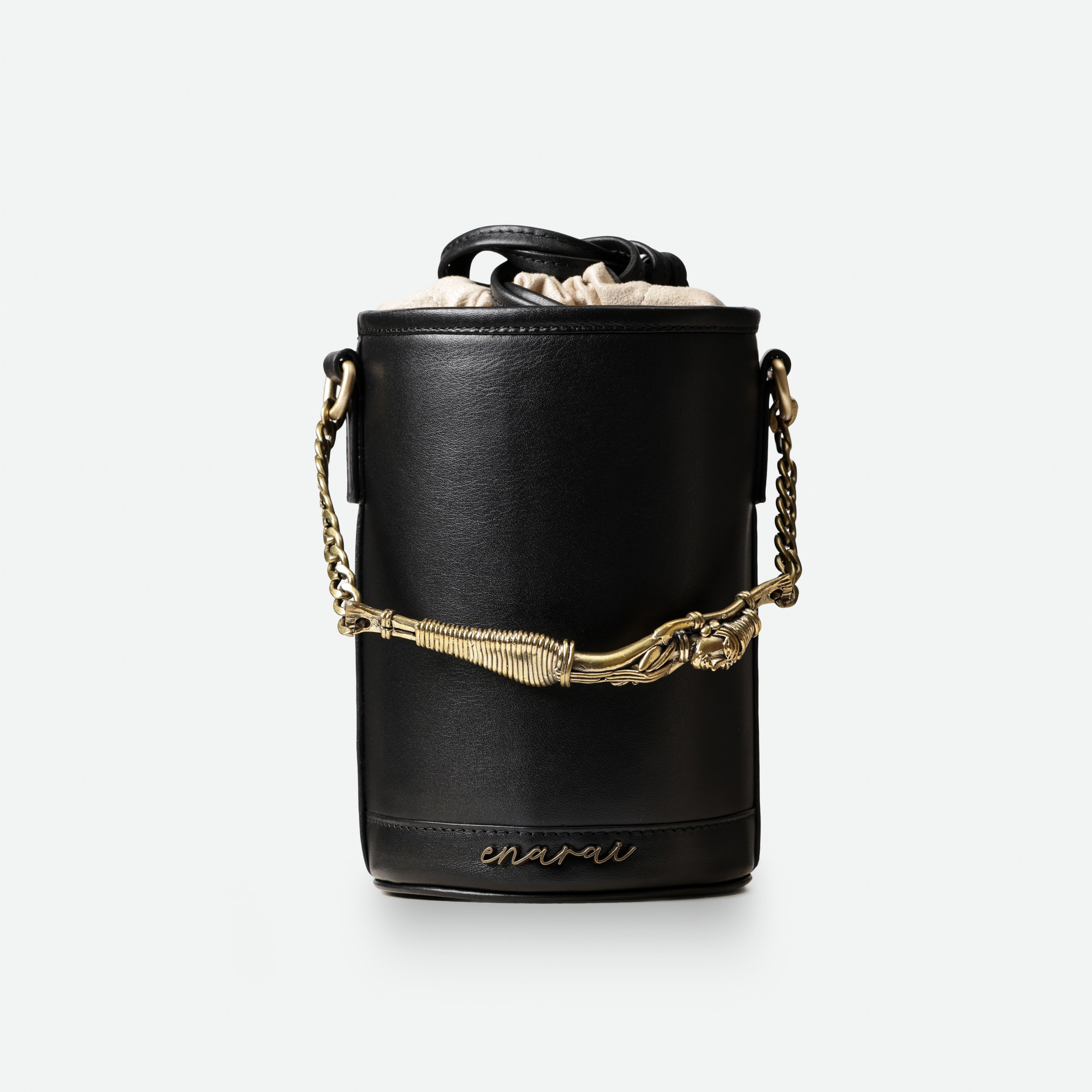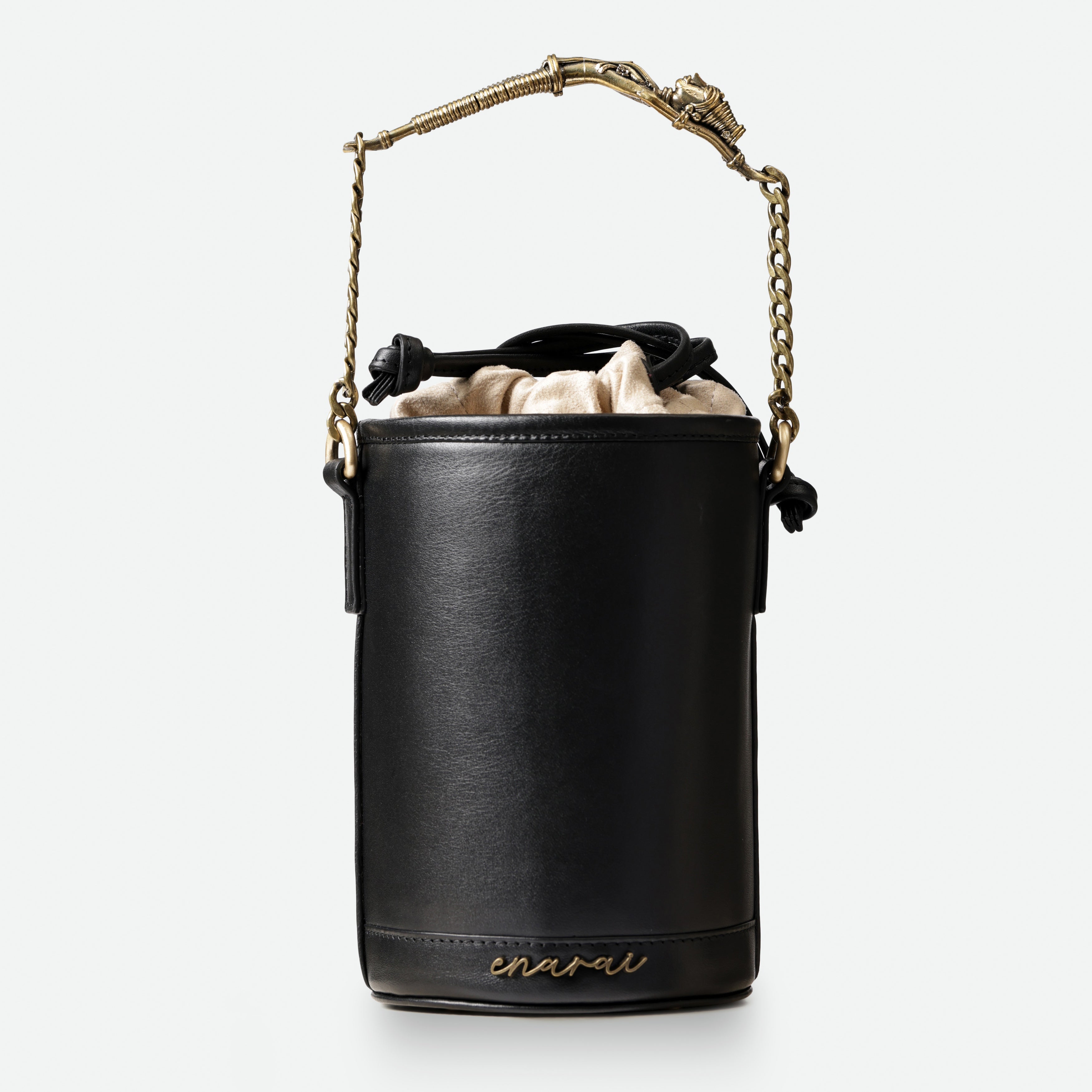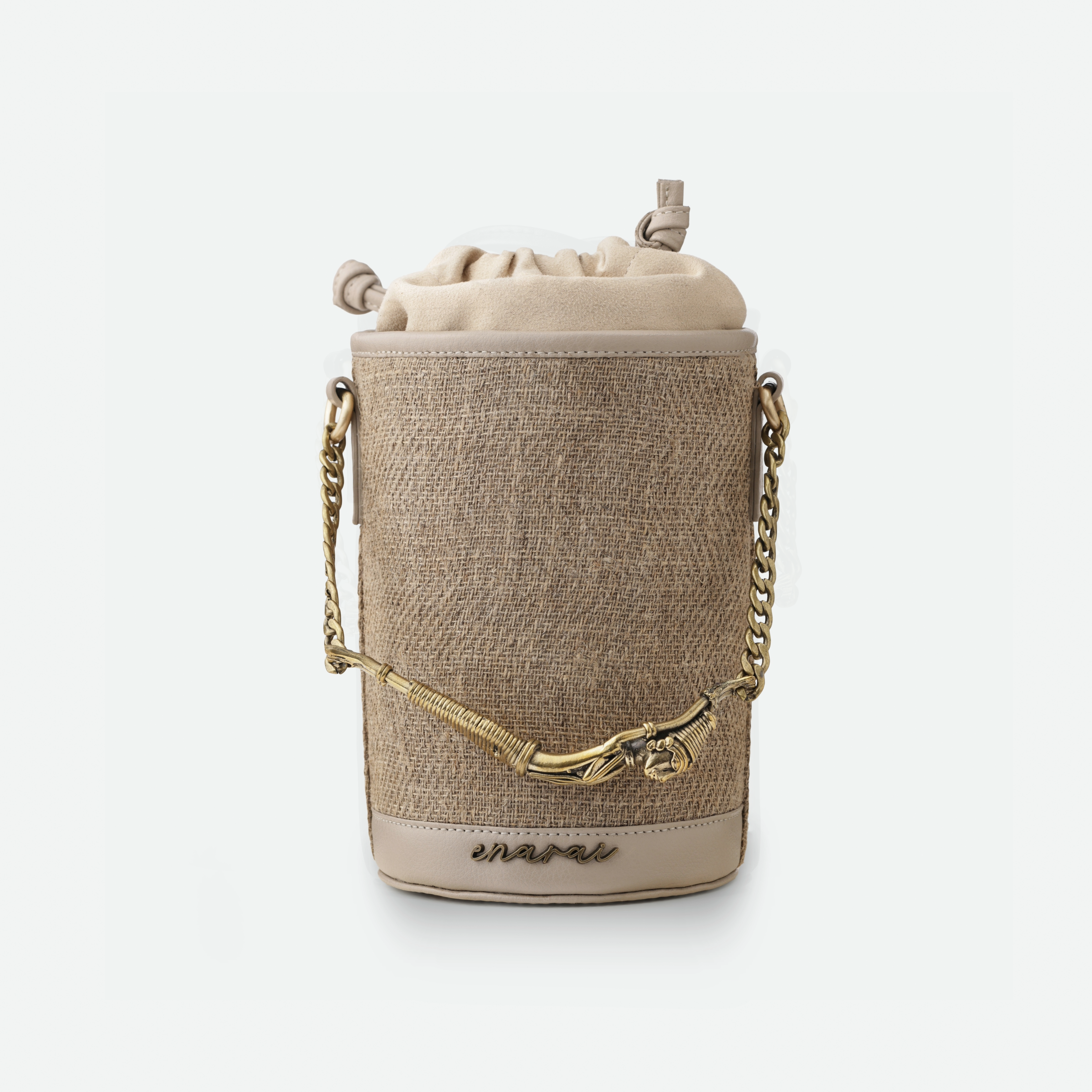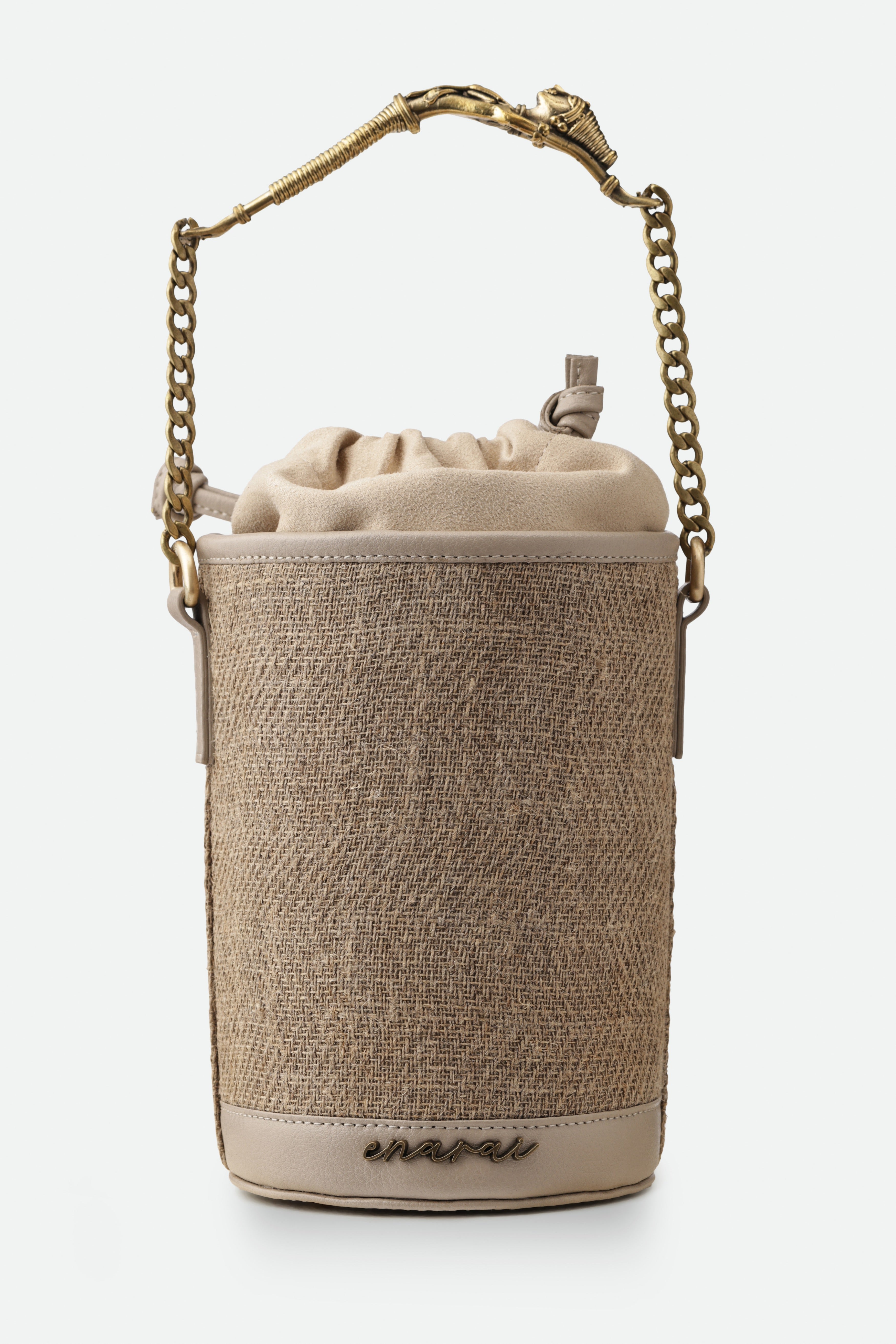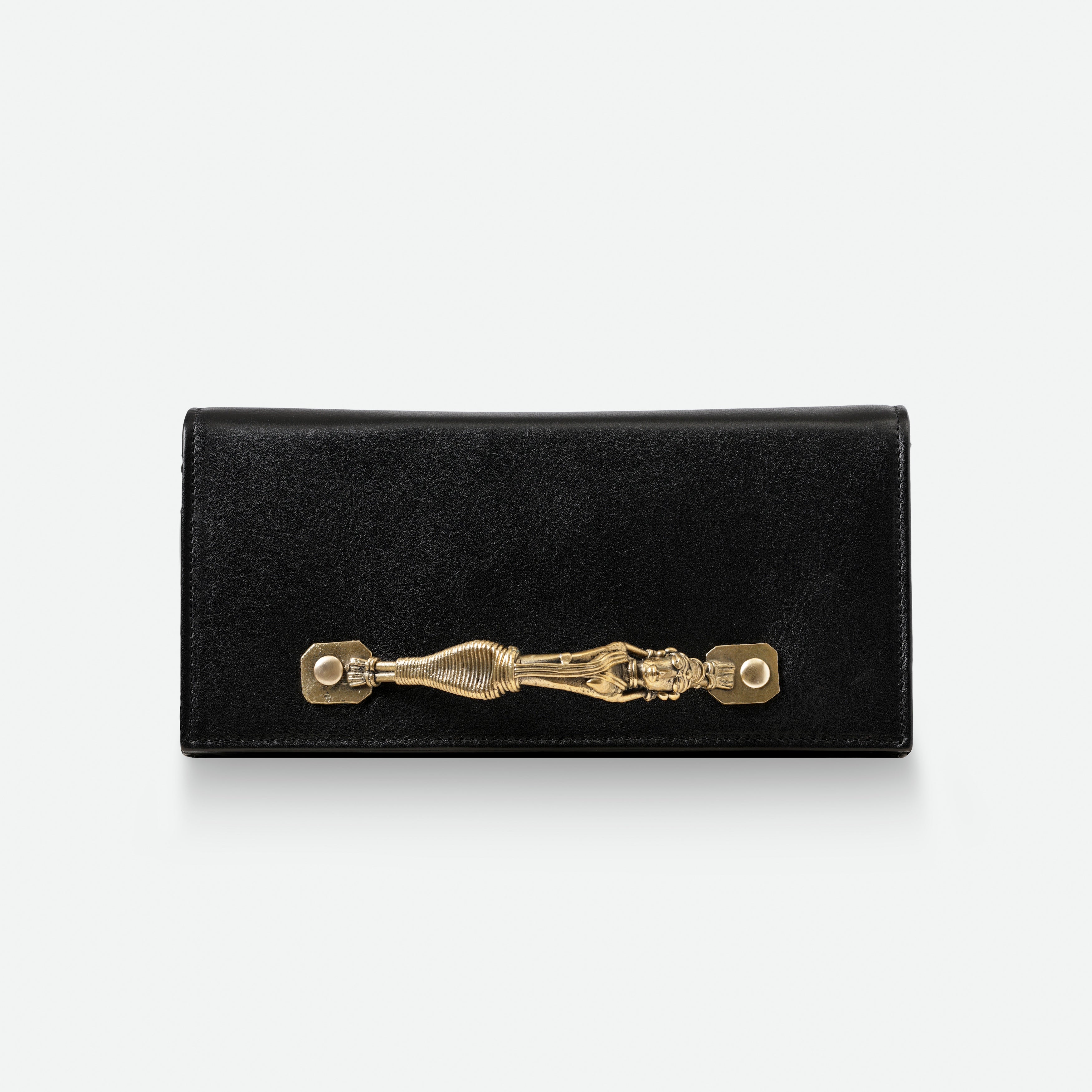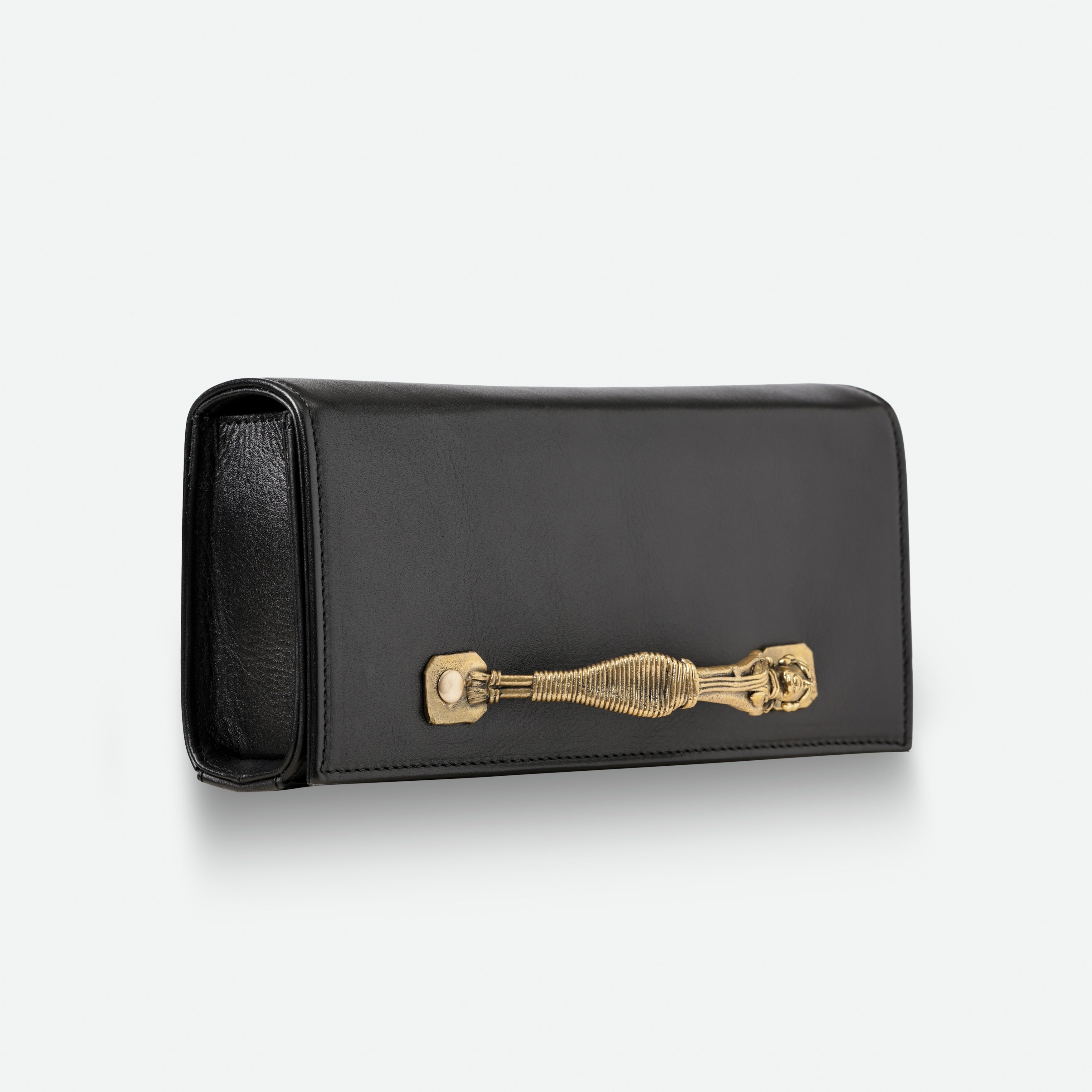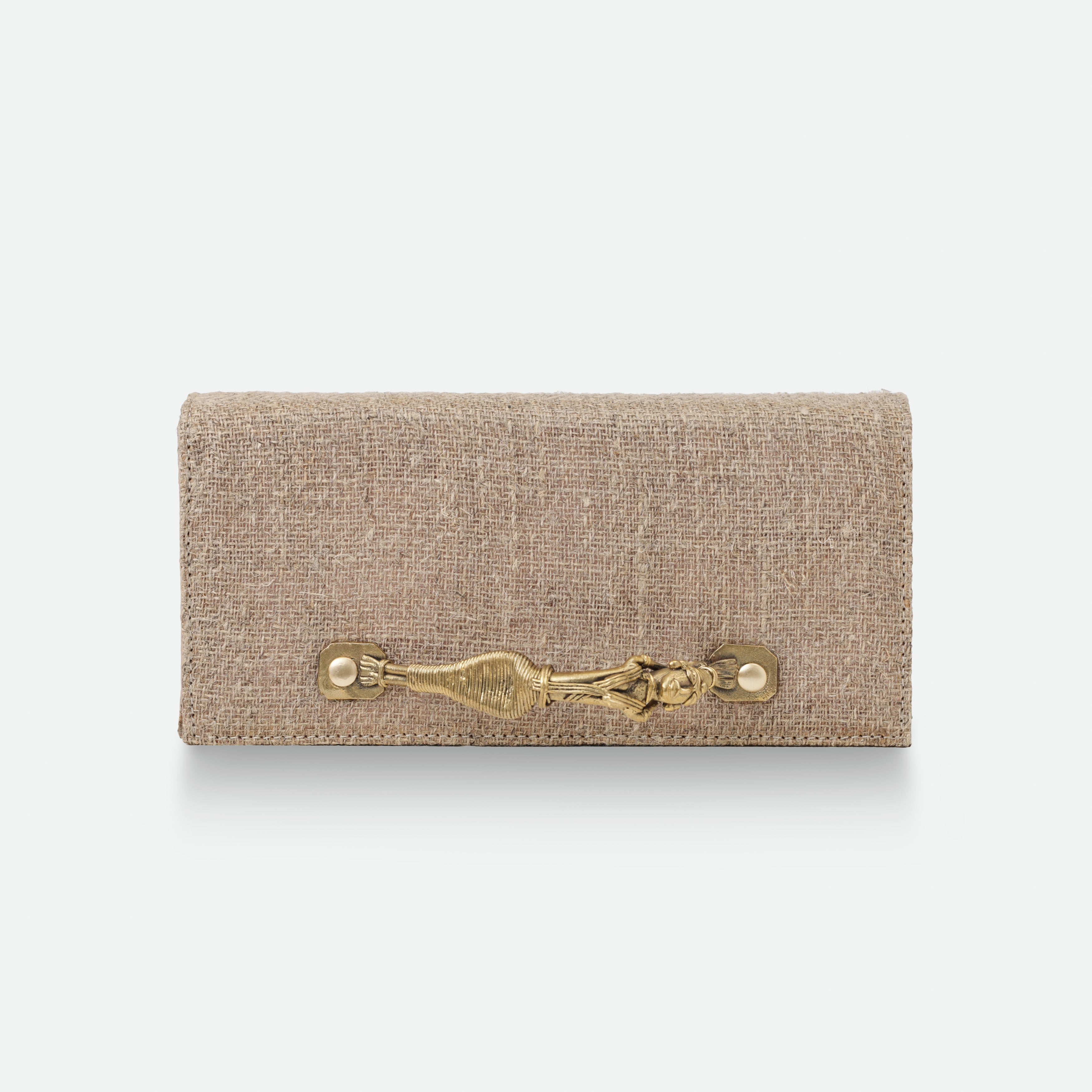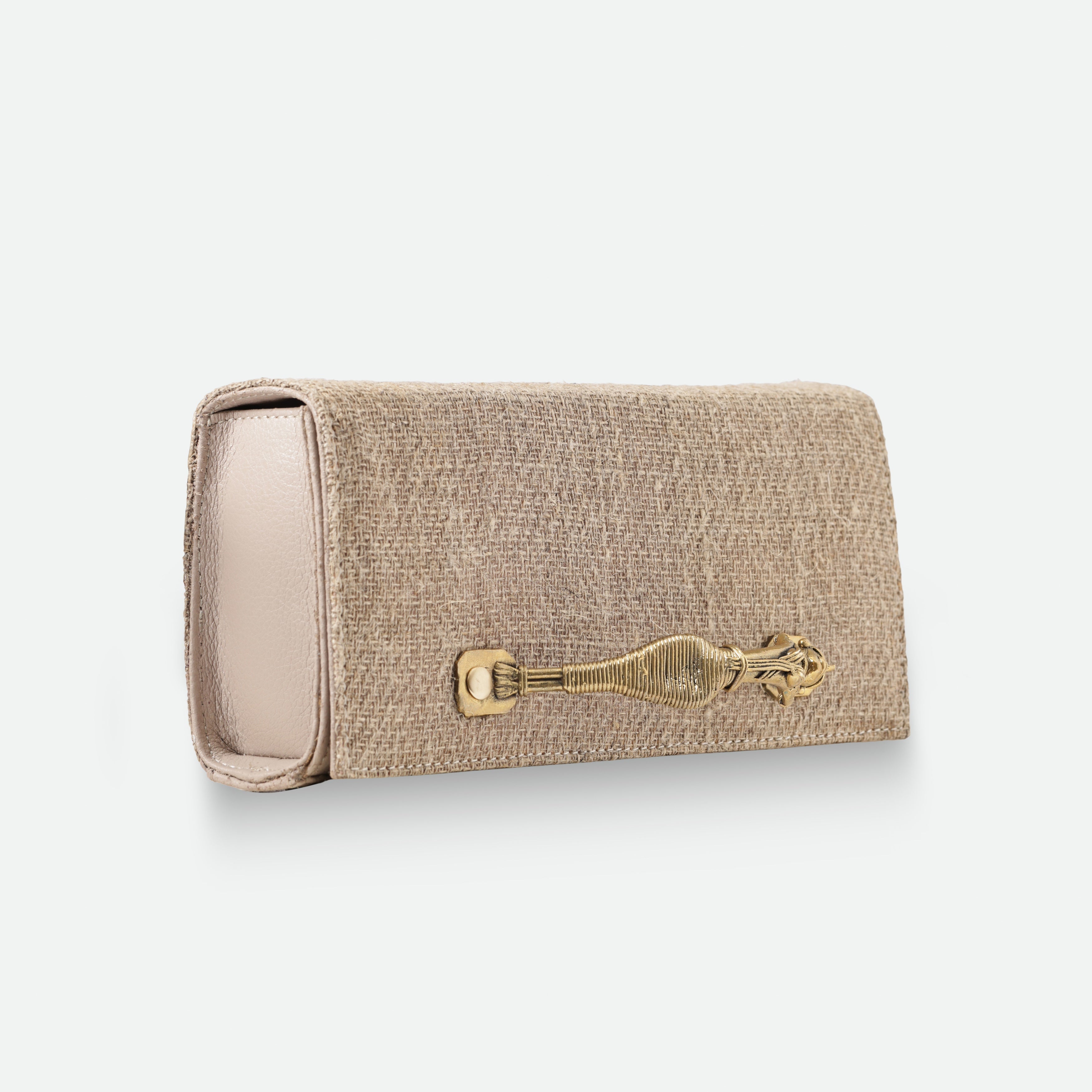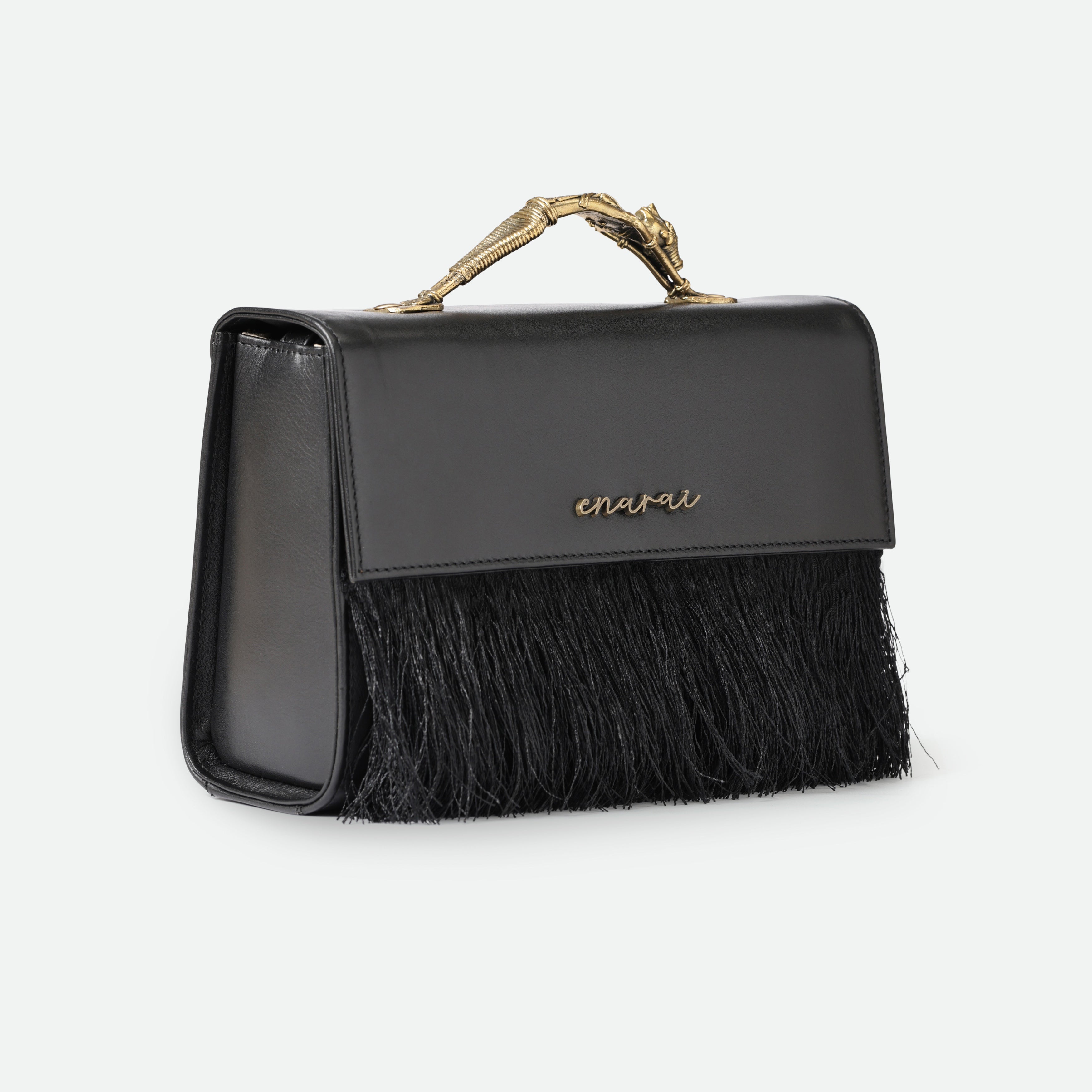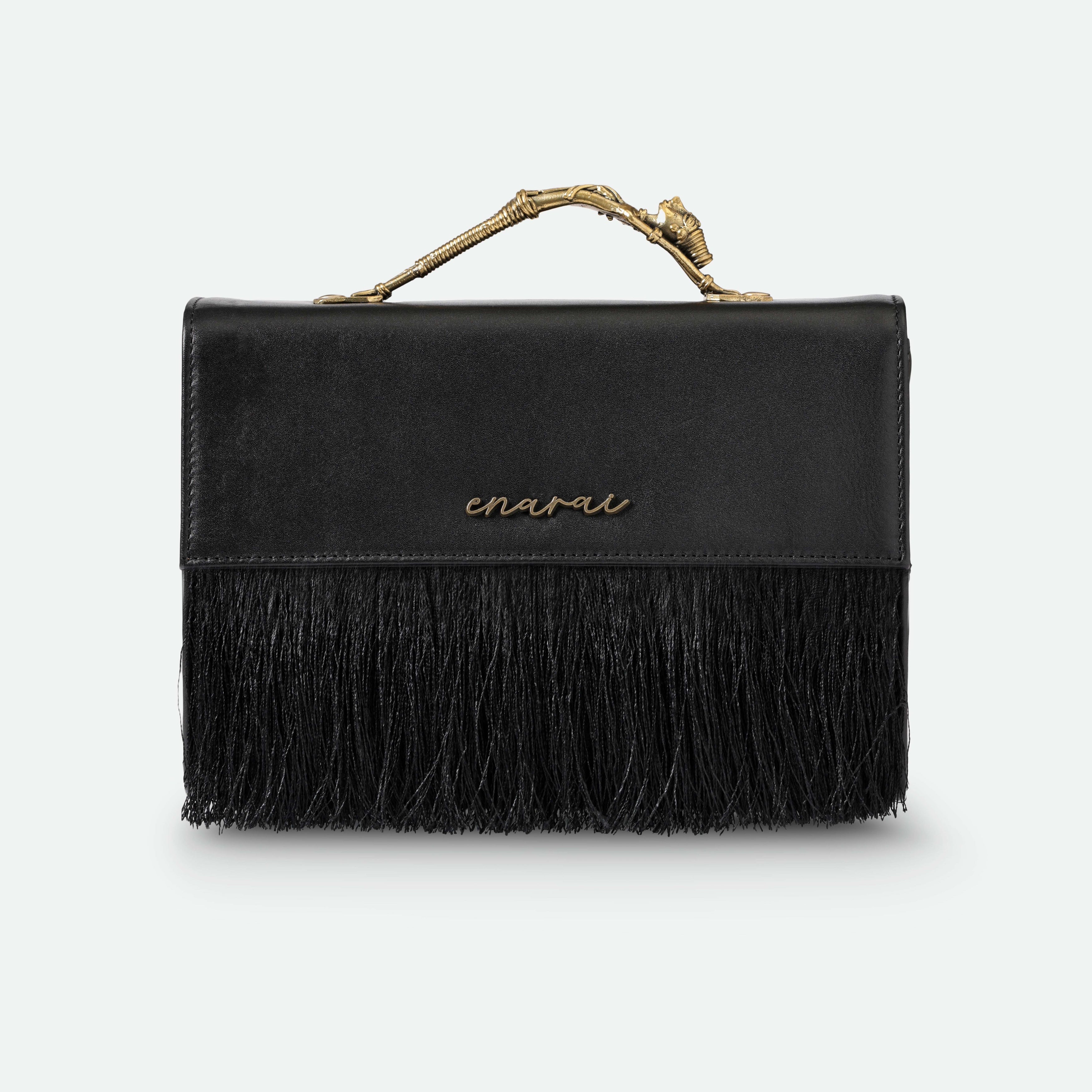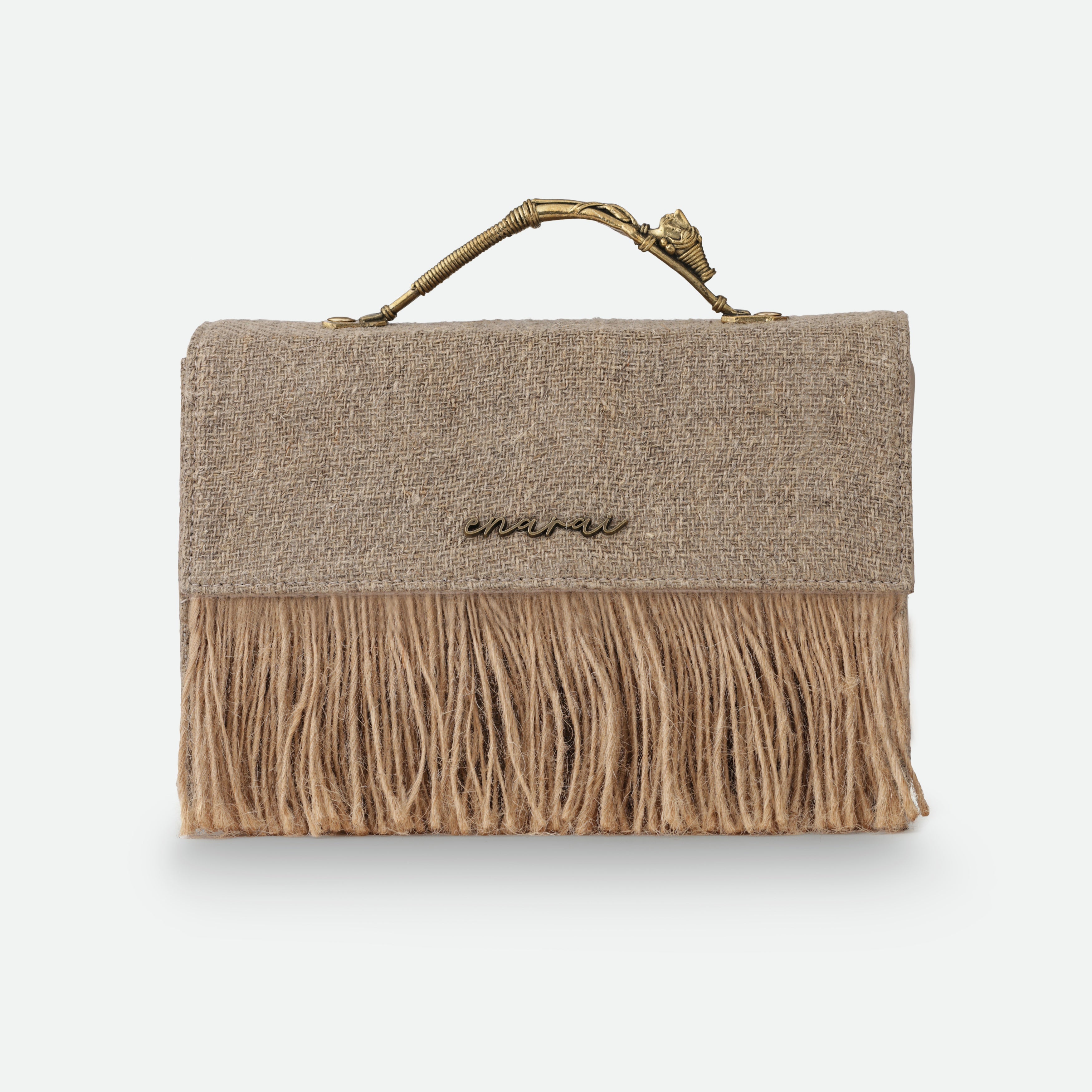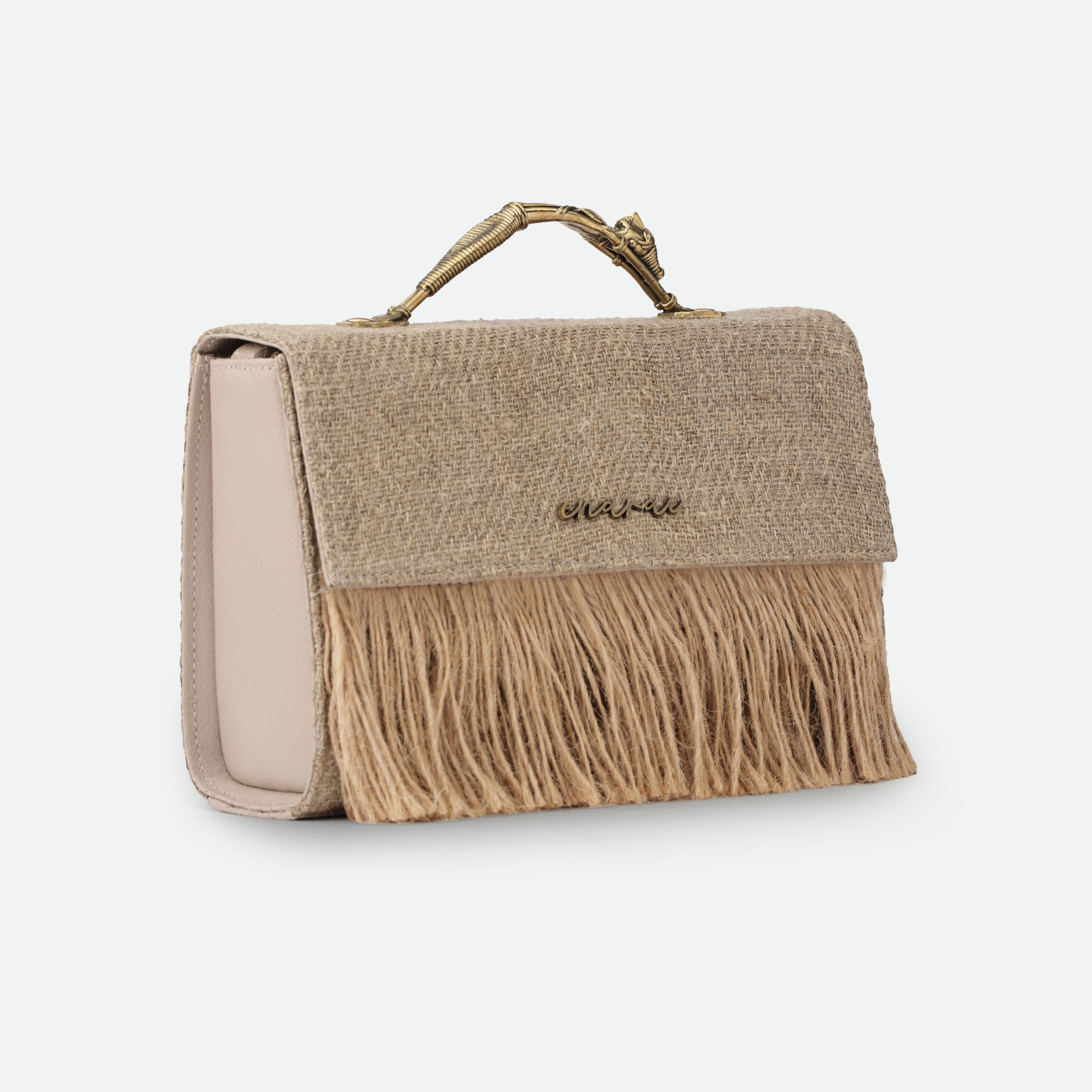Museums with DOKRA on display
Dokra is a 4000 year old metal casting technique with the earliest Dokra artifacts dating back to the Bronze Age from the Indus Valley Civilization.
The name Dokra comes from the Dokra Damar tribes, who were traditional metal smiths that practiced this craft. Works depict daily scenes from tribal culture such as dancers, musicians, ornaments, animals, birds and jewelry.
The most famous dokra artifact, The Dancing Girl, was excavated from the Indus Valley Civilization and is currently on display at the National Museum in New Delhi, India.
Museum List
National Museum, New Delhi (India)
The Indian Museum, Kolkata (India)
Victoria and Albert Museum, London (UK)
The British Museum, London (UK)
Musée du quai Branly – Jacques Chirac, Paris (France)
Smithsonian Institution – National Museum of Asian Art, Washington, D.C. (USA)
The Museum of Fine Arts, Boston (USA)
National Gallery of Modern Art, New Delhi (India)
Chhatrapati Shivaji Maharaj Vastu Sangrahalaya, Mumbai (India)
The State Museum of Ethnography, Leipzig (Germany)
Museum of World Cultures, Gothenburg (Sweden)
Asia Society Museum, New York (USA)
Deccan Heritage Centre, Hyderabad (India)
Please note that this is not a comprehensive list. Enarai cannot guarantee these exhibits will be on display when you visit, please check with the museum directly should you decide to plan a visit to view dokra art.
The Dokra Collection: Season 1

10% of every enarai sale goes to support the enarai foundation. Thank you for being a steward of craftsmanship.
This 4500-year-old craft has been passed down over generations without any formal education. The enarai foundation strives to document, highlight, preserve and incentivize the communities that create these craft forms by including them in the evolution of creative and sustainable craft preservation.


